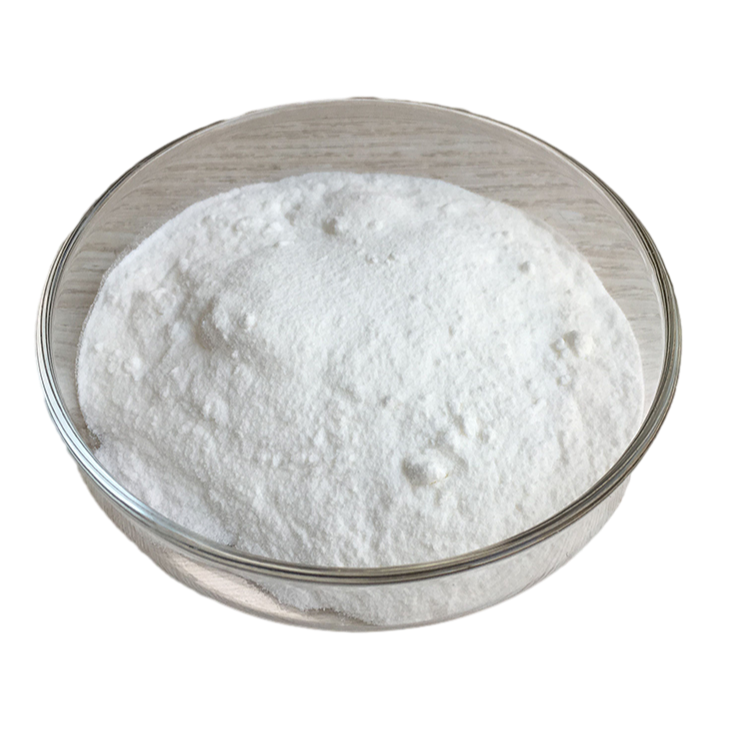-
Categories
-
Pharmaceutical Intermediates
-
Active Pharmaceutical Ingredients
-
Food Additives
- Industrial Coatings
- Agrochemicals
- Dyes and Pigments
- Surfactant
- Flavors and Fragrances
- Chemical Reagents
- Catalyst and Auxiliary
- Natural Products
- Inorganic Chemistry
-
Organic Chemistry
-
Biochemical Engineering
- Analytical Chemistry
-
Cosmetic Ingredient
- Water Treatment Chemical
-
Pharmaceutical Intermediates
Promotion
ECHEMI Mall
Wholesale
Weekly Price
Exhibition
News
-
Trade Service
Originally Answered: Where does the sweetness in sugar-free foods come from? Ion chromatography tells you
In the previous article, we have shared with you how to use ion chromatography to determine sugar alcohol sweeteners in food
GB2760 "National Food Safety Standard for the Use of Food Additives" stipulates the usage of aspartame, acesulfame potassium, sodium cyclamate, sucralose and steviol glycosides.
GB2760 "National Food Safety Standard Food Additive Use Standard"
# Aspartame, cyclamate,
Acesulfame K and Saccharin | Examples
Metrohm Ion Chromatography System
Metrohm Ion Chromatography Systems Metrohm Ion Chromatography SystemsAspartame, cyclamate, acesulfame potassium, and saccharin are the most widely used sweeteners in common foods, and the use of Metrosep A Supp 10 columns allows for the separation of common food anions such as chloride, nitrate, sulfate, and phosphoric acid.
Conductivity chromatograms of aspartame, cyclamate, acesulfame potassium and saccharin
Conductivity Chromatograms of Aspartame, Cyclamate, Acesulfame K, and Saccharin Conductivity Chromatograms of Aspartame, Cyclamate, Acesulfame K, and Saccharin◆ Column Metrosep A Supp 10 - 75/4.
◆ Column Column Metrosep A Supp 10 - 75/4.
◆
◆ Eluent NaOH + NaOAc + methanol
◆ Eluent◆ Flow rate 1.
◆ Flow rate
◆ Column temperature 35°C
◆ Column temperature◆ Injection volume 20µL
Injection volumeUsing the above methods, we tested three common beverages on the market, and the results are as follows
# Sucralose|Example
Metrohm Ion Chromatography System
Metrohm Ion Chromatography Systems Metrohm Ion Chromatography SystemsSucralose is also a very common sweetener, which can be easily and quickly detected by Metrohm ion chromatography
Unlike the detection of the previous sweeteners, sucralose is detected using an amperometric detector
Spectrum of energy drink diluted 20 times with sucralose content of 4.
Spectrum of energy drink with sucralose content of 4.
◆ Column Metrosep A Supp 17-100/4.
◆ Column chromatography column
◆ Eluent 125mmol/L NaOH + 5% acetone
◆ Eluent◆ Flow rate 0.
◆ Flow rate
◆ Column temperature 45°C
◆ Column temperature◆ Injection volume 20µL
Injection volume◆ Detector PAD, 0.
◆ Detector
# Steviol glycosides|Example
Metrohm Ion Chromatography System
Metrohm Ion Chromatography Systems Metrohm Ion Chromatography SystemsAs early as a thousand years ago, stevia has been used as a sweetener, and its main sweetness sources, steviol glycosides and rebaudioside, are 20-150 times sweeter than sucrose, and because they are not involved in metabolism in the human body, they are not Calories will be provided
The use of Metrohm ion chromatography coupled with a liquid chromatography column can simultaneously quantitatively detect the sweetener active components Rebaudioside A, Rebaudioside C and Steviol glycosides in Stevia
Chromatograms of Rebaudioside A, Stevioside and Rebaudioside C in Steviol
Chromatogram of Rebaudioside A, Stevioside and Rebaudioside C in Steviol Chromatogram of Rebaudioside A, Stevioside and Rebaudioside C in Steviol Chromatograms of Stevioside and Rebaudioside C◆ Column Luna ® 5 µm C18(2) 100 Å
◆ Column chromatography column◆ Eluent 10mmol/L NaH 2 PO 4 , pH 4.
◆ Eluent
◆ Flow rate 0.
3mL/min
◆ Column temperature 40°C
◆ Column temperature◆ Injection volume 20µL
Injection volume◆ Detector flexIPAD
◆ DetectorIn recent years, the application of ion chromatography in the food field has become more and more extensive, especially in the detection of water-soluble substances, such as anions and cations, sugars, organic acids and so on
.
Due to its simple sample preparation, environmental protection and no pollution, it has obvious advantages
.
If you have relevant application requirements or suggestions, you are welcome to contact us to discuss
.
related information
related informationPEOPLE
PEOPLEYOU
YOUCAN
CANTRUST
TRUST-since 1943-
Marketing@metrohm.
com.
cn
Metrohm China
Metrohm ChinaEditor:






